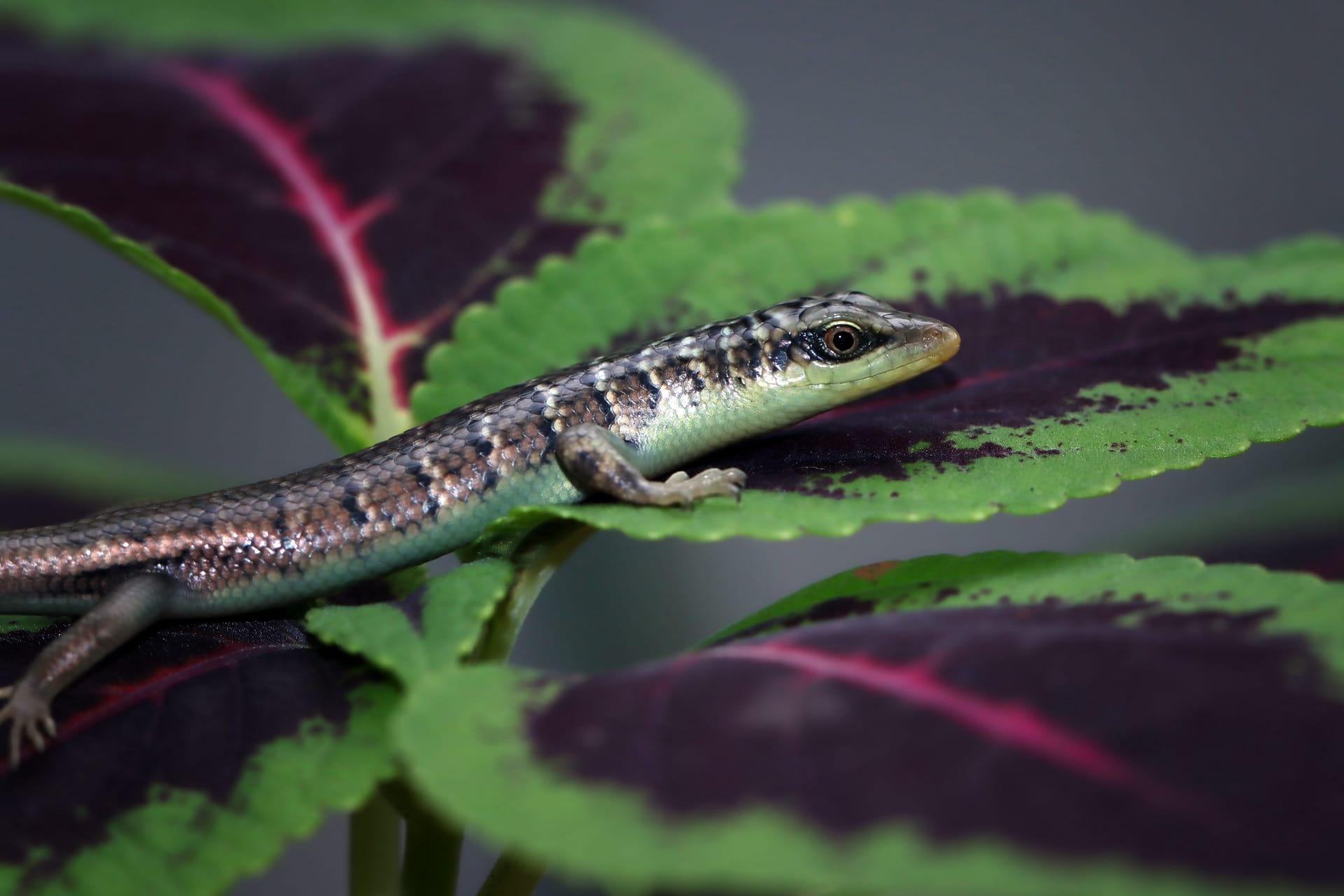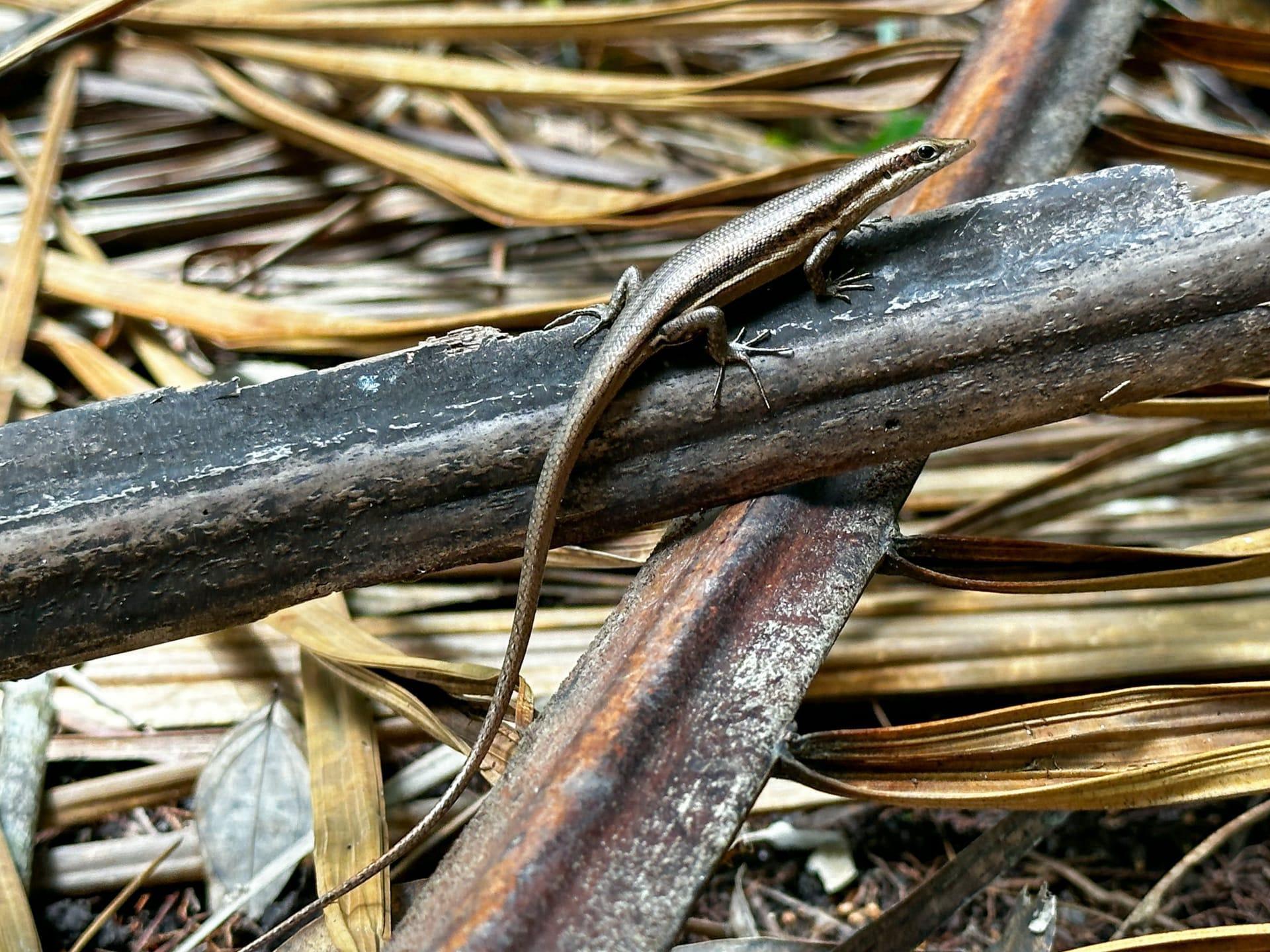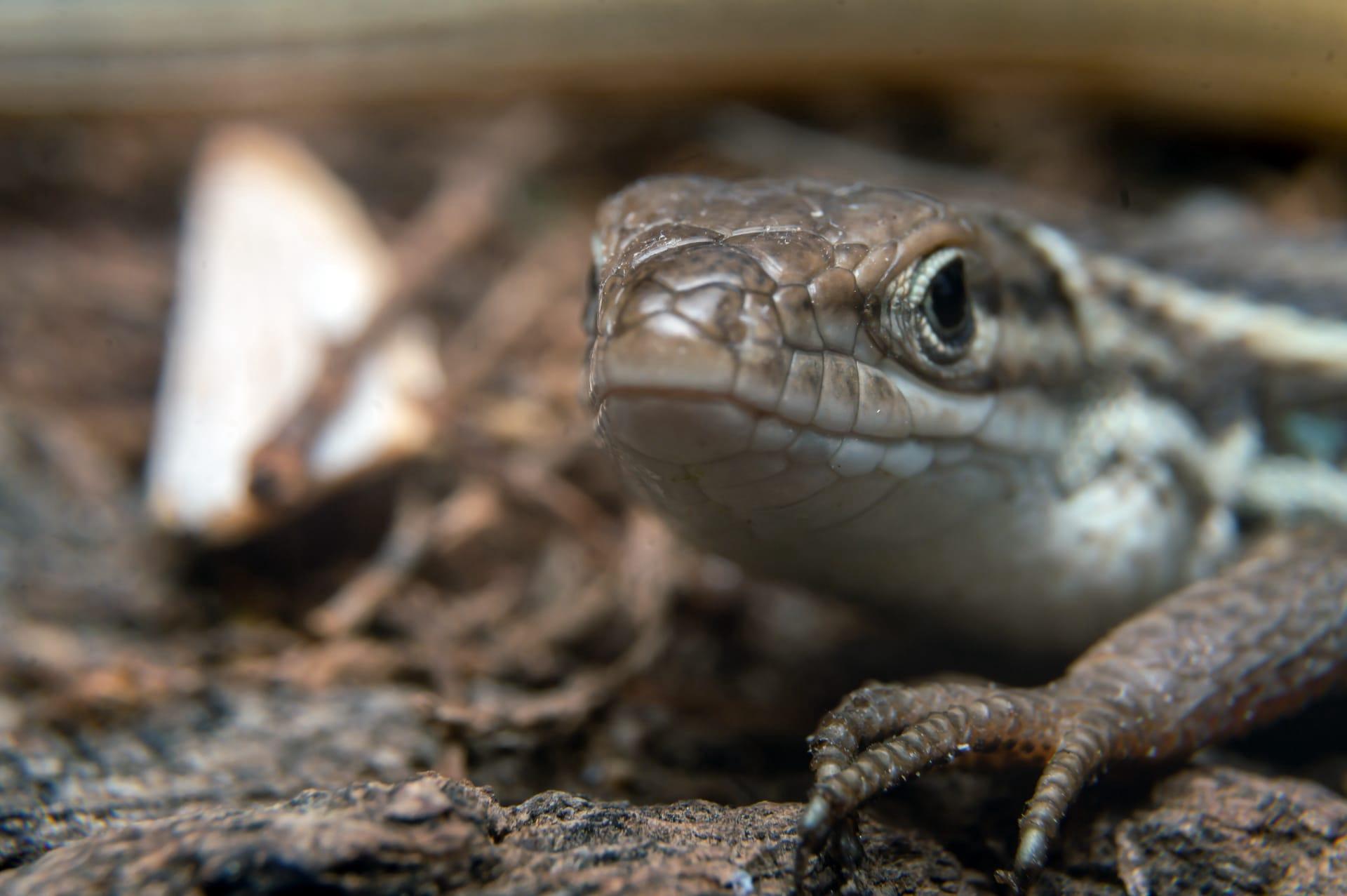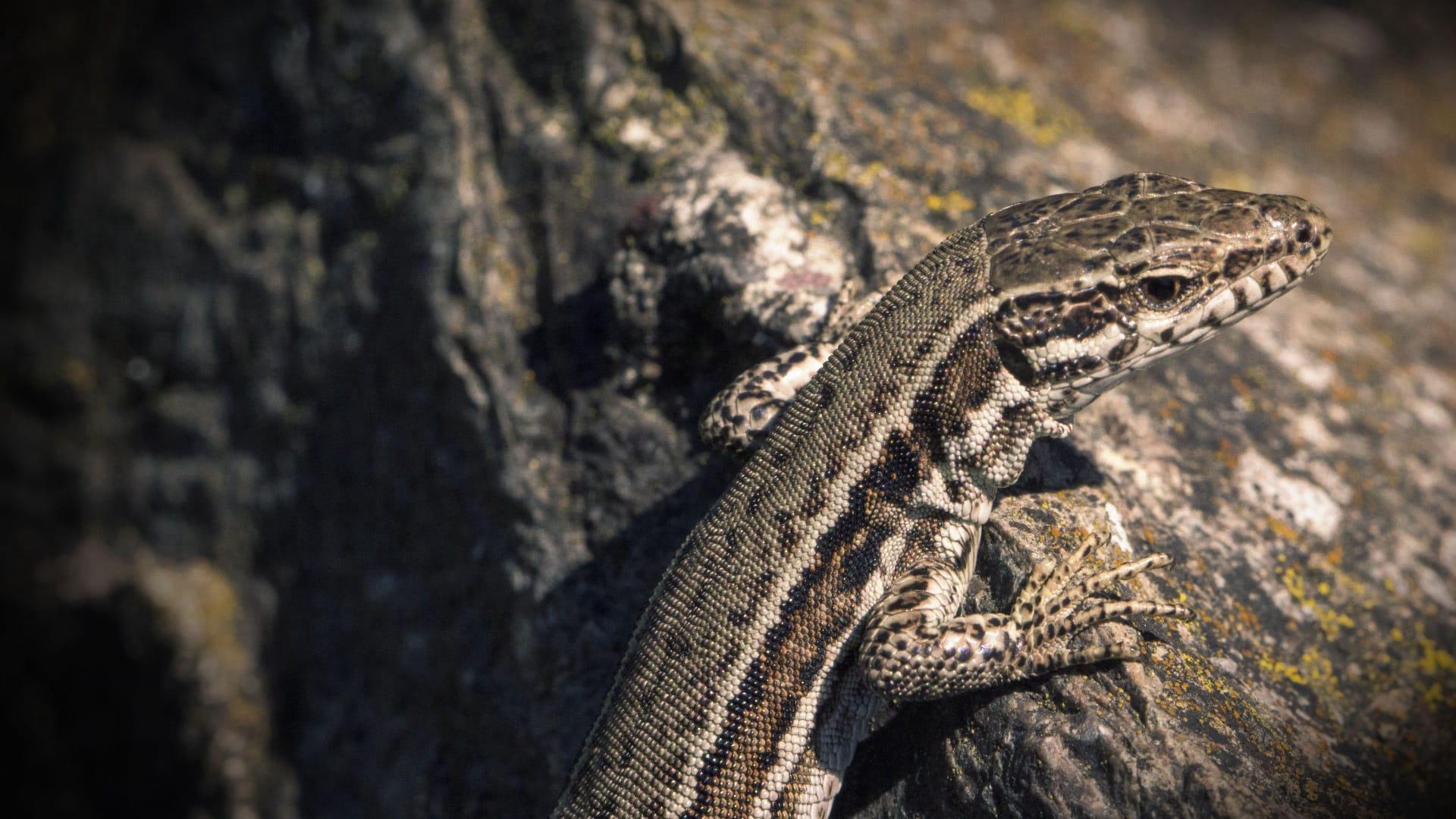Skinks Characteristics
- Home /
- Mini Encyclopedia /
- Animal /
- Skinks Characteristics
1
Skinks, fascinating creatures in the reptile family, boast a variety of physical characteristics that set them apart. Typically, these sleek reptiles measure from a mere 7 centimeters to a more substantial 35 centimeters in length, depending on the species. Their life expectancy is also quite varied, with some living a short 5 years, while others can thrive for up to 20 years, showcasing their adaptability in different environments.
One of the most remarkable organs of skinks is their tails. Unique among many reptiles, skinks have highly developed tails that play a crucial role in their survival. These tails can be voluntarily shed in a process known as autotomy when the skink is threatened. This survival mechanism distracts predators, allowing the skink to escape. Fascinatingly, these tails can regenerate, though the new tail is often shorter and differs in structure and color from the original.

2
Question: Why do skinks often bask in the sun?
Answer: Skinks, like many reptiles, are ectothermic, meaning they rely on external sources to regulate their body temperature. Basking in the sun is vital for them as it helps to raise their body temperature to an optimal level. This increase in temperature is crucial for their daily activities such as hunting, digestion, and overall mobility. Without sufficient sun exposure, skinks would struggle to maintain their metabolic processes, highlighting the importance of their basking behavior.

3
Skinks are known for their distinctive movement characteristics. They move with a serpentine motion, allowing them to swiftly navigate through various terrains. This movement is not only graceful but also highly efficient, enabling them to escape predators and catch prey with ease. Some species can even move at impressive speeds, making them elusive and challenging for predators.
As for their hunting and feeding habits, skinks are predominantly insectivorous. They have a diet that mainly consists of insects and arthropods. Their feeding strategy involves patiently waiting and then quickly pouncing on their prey. This method of hunting, combined with their acute vision, makes them proficient predators, adept at capturing various small creatures.

4
Skinks inhabit a wide range of environments, showcasing their adaptability. They can be found in forests, grasslands, deserts, and even rocky terrains. This versatility in habitat preference highlights their ability to survive in diverse conditions, from humid rainforests to arid deserts. Their physical characteristics and behavior allow them to thrive in these varied environments.
In terms of reproduction, skinks display interesting characteristics. While most skink species lay eggs, some give birth to live young, a trait known as viviparity. This reproductive strategy is particularly advantageous in harsher environments, as it provides the young with protection and a stable temperature within the mother's body, increasing their chances of survival.

5
Book: "Skinks: A Guide to Caring for and Understanding the Skink" by Dr. Emma Laurent (Australia, 2016). This comprehensive guide offers insights into the care, behavior, and conservation of skinks. Dr. Laurent, a renowned herpetologist, combines scientific research with practical advice, making it an invaluable resource for both enthusiasts and professionals.
Book: "The Secret World of Skinks" by Jonathan Green (USA, 2018). Green's book delves into the fascinating behaviors and habitats of skinks around the world. With a focus on their ecological significance, the book provides a captivating look at these often-overlooked reptiles, highlighting their role in various ecosystems.